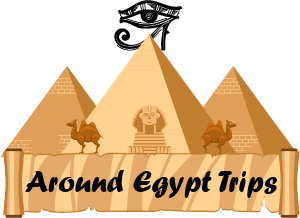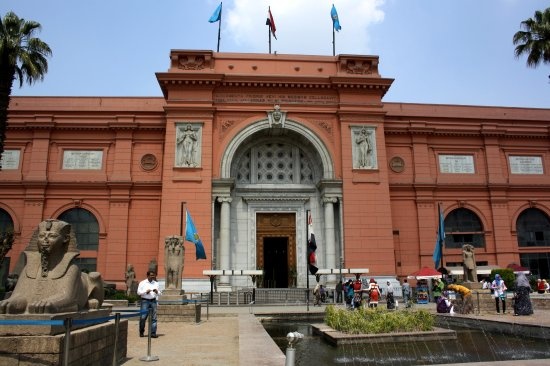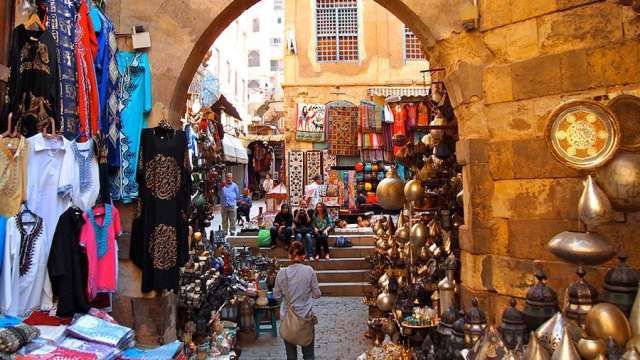[contact-form][contact-field label="Name" type="name" required="true" /][contact-field label="Email" type="email" required="true" /][contact-field label="Website" type="url" /][contact-field label="Message" type="textarea" /][/contact-form]
Cairo City
- Enjoy Cairo Tours and Know more about Cairo the one of the world's great megacities. As beautiful as it is crazy, and as rich in historic finery as it is half dilapidated, Cairo tends to be a city that travelers love and hate in equal measures.
- Cairo (ؓلقاهرة al-Qāhirah) is the capital of Egypt and, with a total population in excess of 16 million people, one of the largest cities in both Africa and the Middle East (the regions which it conveniently straddles). It is also the 19th largest city in the world, and among the world's most densely populated cities.On the Nile River, Cairo is famous for its own history, preserved in the fabulous medieval Islamic city and Coptic sites in Old Cairo. The Egyptian Museum in the center of town is a must see, with its countless Ancient Egyptian artifacts, as is shopping at the Khan al-Khalili bazaar. No trip to Cairo would be complete, for example, without a visit to the Giza Pyramids, Pyramid Of Cheops , and to the nearby Saqqara Pyramid Complex, where visitors will see Egypt's first step pyramid built by the architect Imhotep for the third dynasty Pharaoh, Djoser.
Cairo evening view from the Tower of Cairo Egypt .jpg
Though firmly attached to the past, Cairo is also home to a vibrant modern society. The Midan Tahrir area situated in downtown Cairo area, built in the 19th century under the rule of Khedive Ismail, has strived to be a "Paris on the Nile". There also are a number of more modern suburbs including Ma'adi and Heliopolis, while Zamalek is a quiet area on Gezira Island, with upmarket shopping. Cairo is best in the fall or spring when the weather isn't so hot. A felucca ride on the Nile is a good way to escape from the busy city, as is a visit to Al-Azhar Park.- Since the revolution in 2011, the tourists have fled Cairo to a large extent. This has created an opportunity for unique experiences of Cairo's and Egypt's cultural treasures without the crowds. Finding yourself alone inside a pyramid is now a real possibility. Prices are also lower.
- Cairo is vast; with more than 17 million people, it's the largest city in Africa and the Middle East. The central core consists of the following districts:
- Midan Tahrir Midan El Tahrir is the very centre of the modern city: big hotels, transport nexus and the Egyptian Museum , with downtown extending through Midan Talaat Harb up to Midan Ataba. Midan Tahrir (literally, "Liberation Square") is famous for the massive 2011 protests that ousted president Mubarak. Massive political rallies still occur on this square. Downtown Midan Ramses Contains Cairo's main railway station and a burgeoning retail and accommodation zone. Garden City A suburb close to the city center and the Corniche el-Nil, a good option for central accommodation. Islamic Cairo The center of historic Cairo, located east of downtown; contains the Citadel, Mohamed Ali Mosque, Khan el Khalili (the main bazaar or souq), historic mosques and medieval architecture, as well as some of Cairo's turkish baths or Hammams. Old Cairo Located south of downtown, includes Coptic Cairo, Fustat (Cairo's historical kernel) and Rhoda Island. Dokki and Mohandeseen Located on the west bank of the Nile, with upmarket restaurants, shopping, and accommodation. Gezira and Zamalek Upmarket suburb on the Gezira island in the Nile, with hotels, the Cairo Tower, the Opera House, as well as some nice shopping, restaurants, cafes, and accommodation. Also, is where the Gezira Sporting Club is located. Giza Giza district is a sprawling western district of the city overlooking the Nile where the Giza Zoo is located as well as a few other attractions. Giza Governorate contains the Haram district where the Giza Pyramids are located. The Governorates of Cairo and Giza have more or less merged into the same city of Greater Cairo, although originally they were two different cities. The term Giza commonly refers to the district of Giza which is within Cairo, not the actual location of the pyramids! Heliopolis and Nasr City The two of them are actually completely distinct areas. Heliopolis is an older district where well-to-do Egyptians and higher class people live, built by a Belgian architect. Nasr City is newer, and contains City Stars, Cairo's biggest and most modern shopping mall, and retail social complex. The airport is actually located a bit further east of this area out in the desert near Masaken Sheraton Ma'adi A quieter residential suburb catering to many foreign expatriates, located southeast of Cairo, where upper-class Egyptians live.
- cairo day tours from cairo
Sights
Map
Info
No trip to Egypt is complete without Visit Cairo . the Capital of Egypt. Cairo is one of the world's great megacities. As beautiful as it is crazy, and as rich in historic finery as it is half dilapidated, Cairo tends to be a city that travellers love and hate in equal measures.







![IMG-20231009-WA0093[1] Cairo](https://aroundegypttrips.com/wp-content/uploads/2023/04/IMG-20231009-WA00931.jpg)






































































